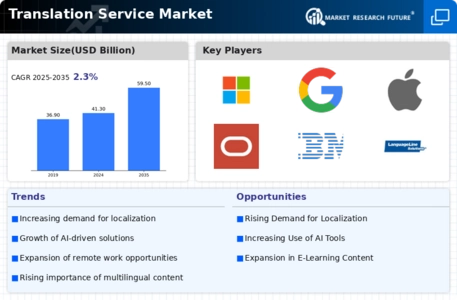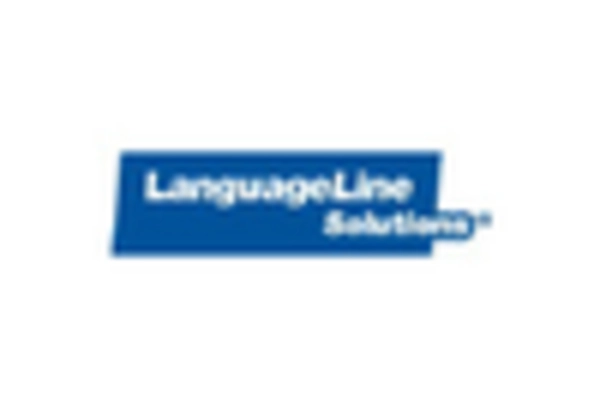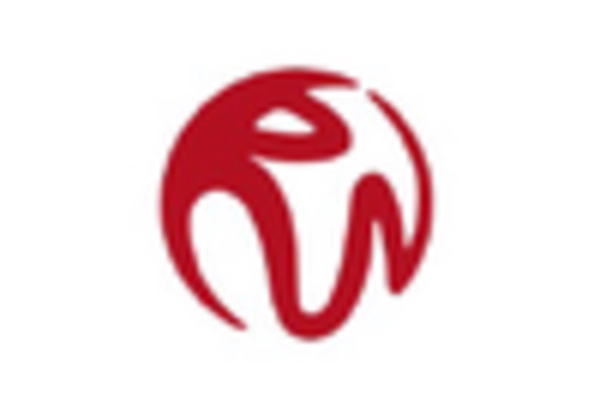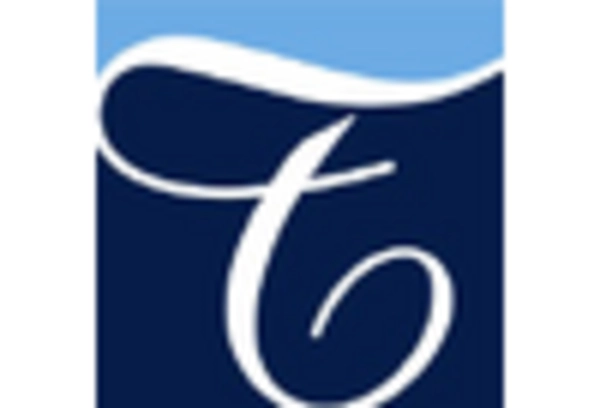Market Share
Translation Service Market Share Analysis
Translation services are employed in the media and entertainment industries, for example, in the subtitles we read for films with diverse foreign languages or while conducting business with individuals of other nationalities. Hardware includes microphones, speakers, earbuds, computers, and other intelligent gadgets that serve as syphons for human orders. Complex algorithms are used by software such as Hadoop (Big Data), AI, and machine learning to convert physical device inputs into needs.
In the highly competitive Translation Service Market in the United States, companies employ various market share positioning strategies to distinguish themselves and capture a substantial portion of the industry. As of my last knowledge update, these strategies continue to shape the dynamics of the market. One prevalent positioning strategy involves differentiation through specialization. Differentiation by specialisation is a common positioning approach.
Certain industries or specialty markets, including the legal, healthcare, or technology sectors, are the focus of certain businesses. These businesses attract clients looking for highly targeted and precise translations by specialising in a particular field and offering specialised expertise and awareness of industry-specific terminology and needs. Innovation and the adoption of new technologies are vital to market positioning. Translation service companies may increase productivity and deliver quicker response times by utilising cutting-edge technology like machine translation (MT) and artificial intelligence (AI). By incorporating these technologies into their processes, businesses may offer affordable solutions without sacrificing the precision and quality of human translation, giving them a competitive advantage in the market. Concentrating on certification and quality control is another important tactic.
Translation service providers may establish a reputation for producing accurate and dependable translations by prioritising stringent quality control procedures including numerous layers of editing, proofreading, and adherence to industry standards. Acquiring certifications, like ISO 17100 for translation services, boosts reputation and gives clients looking for superior language solutions trust.

















Leave a Comment